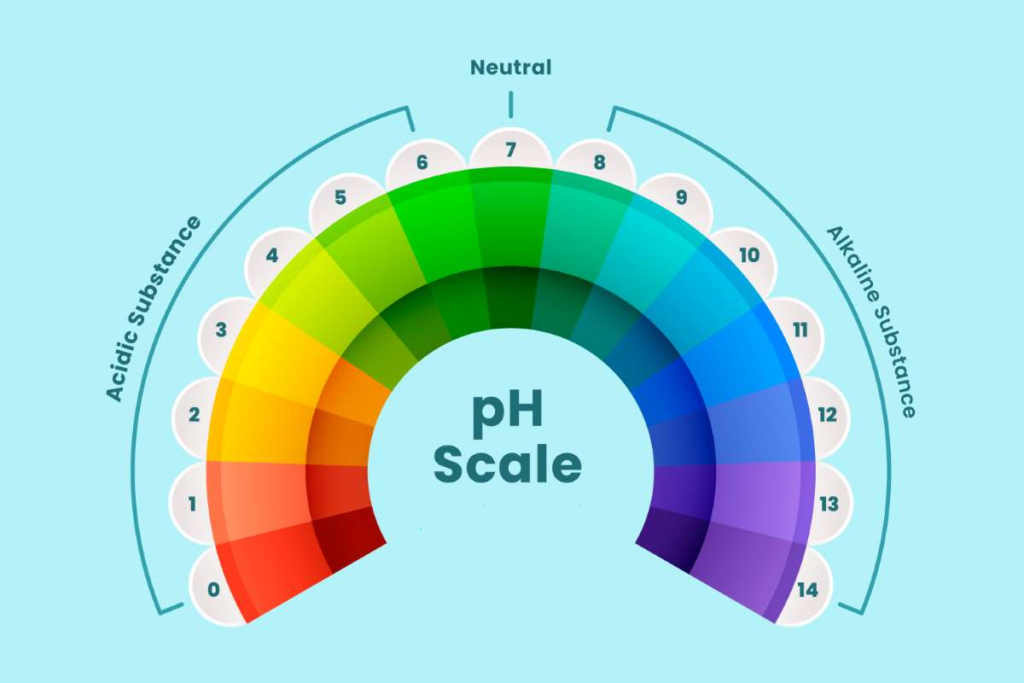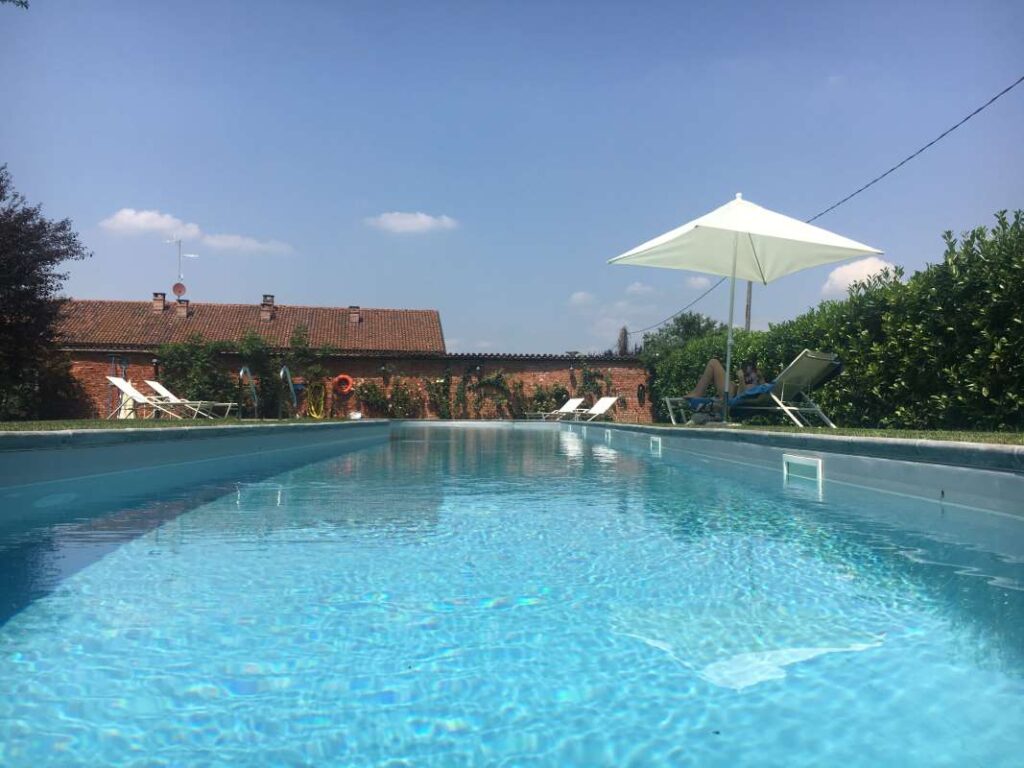Understanding pool route efficiency is critical for pool service businesses aiming to optimize their operations. In this post, we explore how zip code density impacts these efficiencies and why it matters.
Why Zip Code Density Affects Pool Route Efficiency
In the pool service industry, effective route management can significantly influence overall business success. One of the key elements that can affect this efficiency is the density of zip codes within a given area. High-density zip codes can lead to reduced travel time, increased service capacity, and ultimately, improved customer satisfaction. This blog post will delve into the relationship between zip code density and pool route efficiency, providing insights into how businesses can leverage this knowledge for better operational performance.
We will discuss the advantages of concentrating service routes in high-density areas, the disadvantages of low-density routes, and practical strategies for optimizing pool route operations. Additionally, we’ll touch on the economic implications and offer best practices for pool service entrepreneurs seeking to enhance their route efficiency.
Let’s start by examining the first key aspect: the advantages of high zip code density in route planning.
The Advantages of High Zip Code Density
High-density zip codes present numerous benefits for pool service providers. First and foremost, they allow for shorter travel distances between clients. This means that technicians can complete more service calls within a day, maximizing productivity and revenue generation. According to industry studies, businesses operating in densely populated areas can serve up to 30% more customers due to reduced transit times.
Moreover, high-density areas often have a greater concentration of potential customers. For instance, neighborhoods with numerous swimming pools can lead to referrals and increased customer retention. When customers see technicians servicing nearby pools, they may be more inclined to hire the same service provider for their own pools. This cycle of referrals is particularly beneficial for establishing a solid customer base.
In addition, high-density zip codes often translate to lower fuel and maintenance costs. By reducing travel distances, businesses can save significantly on operational expenses. This cost-effectiveness can be a game changer for smaller operations looking to compete with larger, established companies.
The Disadvantages of Low Zip Code Density
Conversely, low-density zip codes can pose several challenges for pool service businesses. One of the most significant drawbacks is the increased travel time between service calls. In less populated areas, technicians may spend a considerable amount of time driving rather than performing actual service work. This inefficiency not only limits the number of customers serviced daily but can also lead to increased wear and tear on vehicles.
Additionally, low-density areas may have fewer potential customers, making it more challenging to build a sustainable business. Without a strong customer base, pool service companies may struggle to generate consistent revenue, leading to financial instability. Furthermore, the lack of competition in these areas can sometimes lead to complacency, where the quality of service may diminish without the pressure to meet or exceed local standards.
To illustrate, consider a pool service company operating in a sparsely populated region. With fewer pools to service and longer travel times, the business may find it challenging to maintain profitability. This situation emphasizes the importance of understanding zip code density and its impact on operational efficiency.
Strategies for Optimizing Pool Routes
Given the implications of zip code density, pool service businesses can benefit from strategic planning to optimize their routes. First, utilizing mapping software can help identify high-density areas and streamline routes. This technology can analyze various factors, including travel time and customer locations, to create the most efficient service paths.
Another effective strategy is to group service appointments by geographic proximity. By scheduling multiple appointments within the same neighborhood on the same day, businesses can reduce travel time and increase overall productivity. This approach not only enhances operational efficiency but also allows for better customer service, as technicians can spend more time addressing client needs.
Furthermore, companies can consider expanding their service areas based on density patterns. If certain low-density routes are consistently unprofitable, it may be worthwhile to re-evaluate the business model and focus on areas with higher densities for future growth. Investing in densely populated neighborhoods can lead to a more sustainable business model with a more reliable revenue stream.
The Economic Implications of Route Efficiency
Economic factors play a critical role in the relationship between zip code density and pool route efficiency. Businesses operating in high-density areas often experience higher profit margins due to improved operational efficiency. For instance, the savings on fuel and maintenance costs in densely populated areas can translate into higher profitability.
Moreover, the ability to service more customers within a limited timeframe creates opportunities for upselling and cross-selling additional services. Pool cleaning, maintenance, and repair services can be bundled together, offering customers more value while increasing the average transaction size.
In contrast, businesses with low-density routes may face higher operational costs, leading to slimmer profit margins. The inability to optimize travel routes can hinder growth, making it difficult to compete in a market that increasingly values efficiency and cost-effectiveness. As such, understanding the economic implications of zip code density is crucial for pool service entrepreneurs looking to maintain competitiveness.
Best Practices for Pool Route Management
To effectively manage routes in light of zip code density, pool service providers should consider implementing best practices tailored to their operational needs. First, regular route analysis is essential. By evaluating the efficiency of current routes periodically, businesses can identify patterns and make necessary adjustments to improve service delivery.
Training employees on route management and time optimization techniques is also beneficial. Ensuring technicians understand the importance of efficient routes can foster a culture of productivity and accountability. Additionally, incentivizing staff based on performance metrics related to route efficiency can motivate employees to take ownership of their schedules.
Moreover, utilizing customer management systems that facilitate appointment scheduling can help streamline operations. Features that allow for automated reminders and flexible scheduling can enhance customer satisfaction while optimizing technician time. A well-organized customer database also allows for tailored marketing efforts, such as targeting specific neighborhoods with promotional offers.
Future Considerations: Embracing Technology
As the pool service industry continues to evolve, embracing technology will be vital for maintaining route efficiency in varying zip code densities. The integration of GPS tracking and route optimization software can significantly enhance service delivery. These tools can analyze real-time traffic data and suggest the quickest routes, further reducing travel time and improving customer service.
Moreover, investing in customer relationship management (CRM) systems can help businesses better understand customer preferences and needs. By gathering data on client interactions, pool service providers can tailor their services, improving retention rates and enhancing overall profitability.
Additionally, exploring opportunities for mergers and partnerships in low-density areas can provide a streamlined approach to service expansion. Collaborating with local businesses can help increase visibility and attract more customers, facilitating entry into previously unprofitable markets.
Conclusion
Understanding the impact of zip code density on pool route efficiency is crucial for pool service businesses aiming to optimize operations and maximize profitability. By leveraging the advantages of high-density areas, addressing the challenges of low-density locations, and utilizing best practices, pool service providers can enhance their service delivery and customer satisfaction.
The economic implications of route management further emphasize the importance of strategic planning in this sector. As the industry continues to evolve, embracing technology will be essential for maintaining competitive advantages and ensuring sustainable growth.
In conclusion, if you’re looking to enter or expand within the pool maintenance industry, consider exploring the available [Pool Routes for Sale](https://pool-routes-for-sale.com/). With the right approach, you can unlock the potential of optimized routes and a thriving business model.



